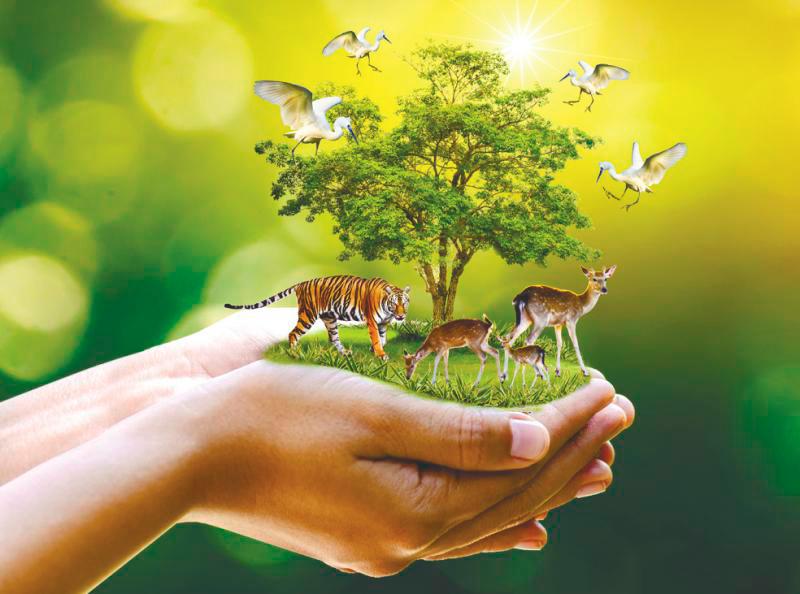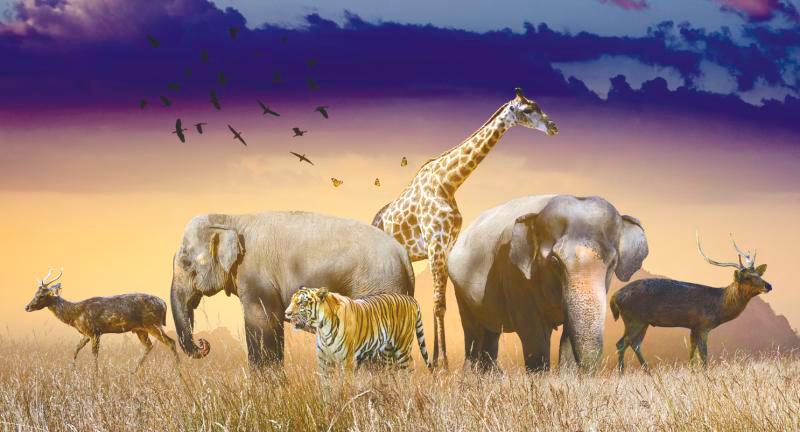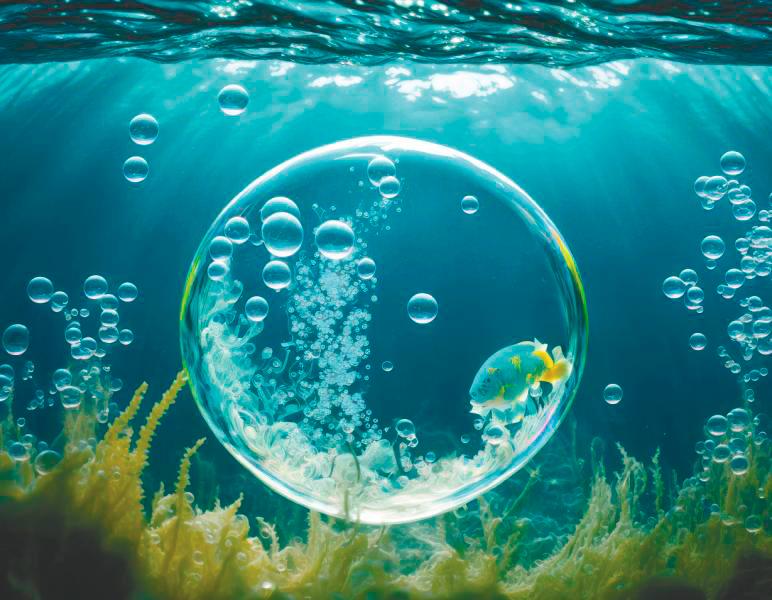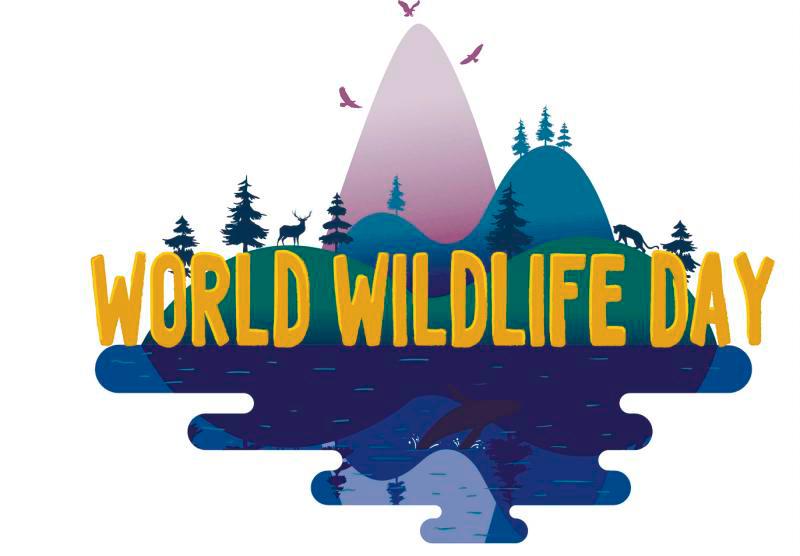TODAY marks World Wildlife Day, which has been celebrated every year since 2015. The purpose of this day is to educate the general people about the world’s flora and wild animals.
Every year has a specific theme with the intention of increasing public awareness of particular concerns, and this year’s theme is “Partnerships for Wildlife Conservation”, which allows us to celebrate all conservation efforts, from intergovernmental to local scale.
World Wildlife Day is a chance to appreciate the many exquisite and distinctive types of wild animals and flora and to spread awareness of the enormous advantages that people derive from their protection.
The day also serves as a timely reminder of the critical need to intensify efforts to combat wildlife crime and species extinction brought on by humans, both of which have significant negative effects on the economy, the environment, and society.

Reduce energy use
Fossil fuel combustion (largely from raod vehicles) produces surplus heat, much of which is absorbed by the ocean, causing ocean temperatures to rise and marine ecosystems to change. There are many more actions you can take to reduce your carbon footprint, even though we are aware that eliminating automobile travel is not realistic for everyone. When you leave a room, turn off electronics and use energy-efficient light bulbs. Use public transportation wherever possible.
Volunteer
It is understandable that we cannot always give money, but we can always give our time. Zoos and wildlife organisations frequently offer volunteer opportunities. You might also work to keep beaches clean, save wild creatures, or educate visitors about the environment in your area.

Be a knowledgeable consumer
Check to see whether anything you want to buy may affect the environment or animals before you buy it. Products made with non-recycled paper products, items containing disposable plastics, items whose growth involved the use of herbicides or pesticides, items made from animal derivatives or parts of animals, items that have undergone animal testing, are few examples of items you should avoid.
Farm visit
If you want to learn how animals are related to the idea of a self-sustaining society, for example, you don’t necessarily need to visit a zoo. There may be farms in your region that not only allow regular visits, but also provide programmes for a more interactive experience, allowing both adults and children to see how animals are used in the manufacturing of our country’s food.
Decrease the amount of disposable plastics
One-time use plastic products like cups and disposable bags add to the enormous quantity of trash that enters the ocean each year. Marine species are extremely at risk from this trash. Bring your own reusable cup to restaurants, skip the single-use straw when sipping your beverage, and use reusable bags to reduce the amount of plastic you consume.
Contribute to an animal organization
If you are searching for a more direct way to help this issue, consider making a donation to or organising a fund-raiser for a wildlife foundation. Reach out to the organisations if you are interested in supporting them, and ask what measures you can take to support their overall aim. These kinds of organisations typically appreciate questions and requests to help them further their objectives, whether it be by spreading their most recent campaign advertising or by assisting them in organising a fund-raising event.

Share your support
Don’t be hesitant to share messages and campaigns regarding important topics with your friends and family. Although face to face interaction is still the most effective means to distribute crucial information and concepts, social media is quickly emerging as a powerful tool for promoting these organisations. Keep an eye out for info graphics or tweets that wildlife organisations wish to promote Despite its diminutive size, it is a very effective and straightforward method to convey a message.
It’s easy to feel helpless and upset when you hear about wildfires and species extinctions in the media, but never undervalue the influence your modest, everyday activities have. Each and every citizen has the power to create a significant difference that will have a long-lasting effect on the world.













